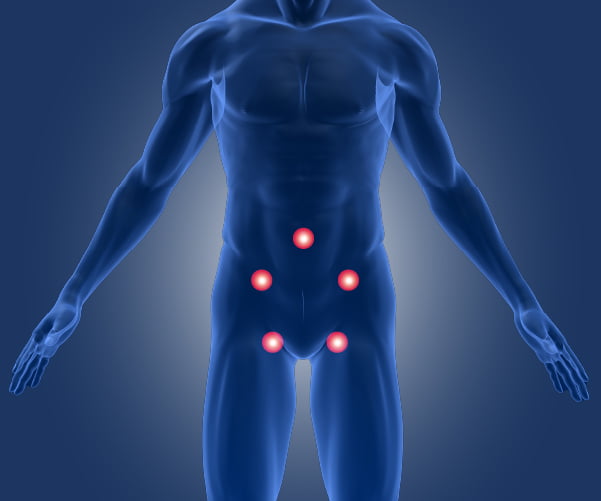Welcome to our comprehensive guide on hernia repair, where we delve into non-mesh techniques. Hernia management has evolved significantly over the years, and our approach focuses on personalized care. We help you understand the principles behind hernia repair to exploring various surgical options, we provide detailed insights to help you make informed decisions about your health.
What is it? The main principle of any hernia operation is to close the hole in the muscles in the best possible way. Broadly, this can be achieved by either covering the hole with a mesh which is a synthetic material that looks like a fishnet and closes the opening in the muscles or by using stitches to bring together the edges of the hole.
Why it happens:For years, surgeons primarily used non-mesh repairs before meshes became prevalent. Meshes have simplified hernia operations, although some hernia types are challenging or impossible to repair without them. Recently, partly due to highly publicized reports, there’s renewed interest in non-mesh hernia surgery.
Meshes are foreign bodies. Although designed to be biologically neutral, they sometimes trigger bodily reactions. Such reactions are rare, but when they occur, managing them medically or surgically is challenging.
